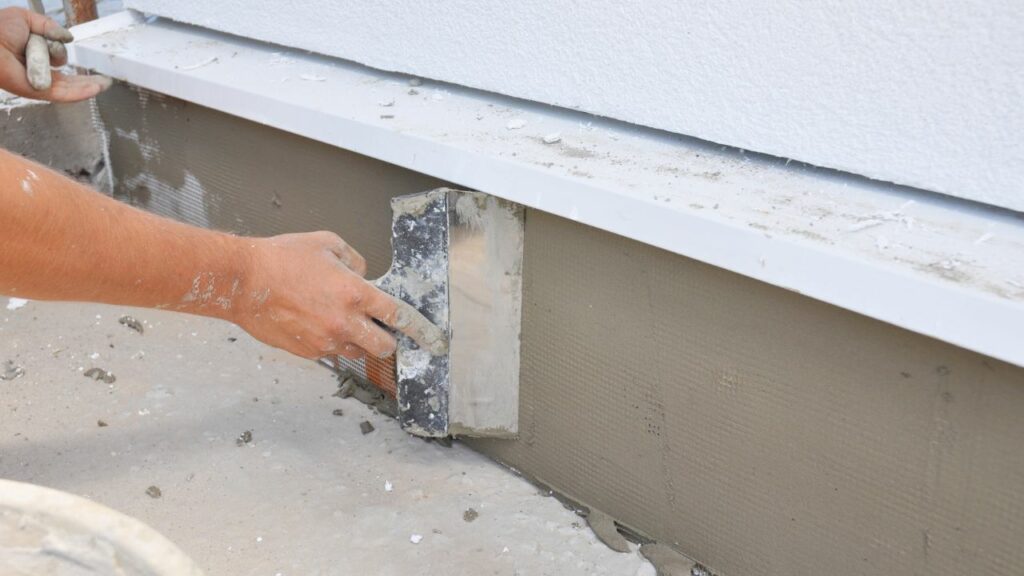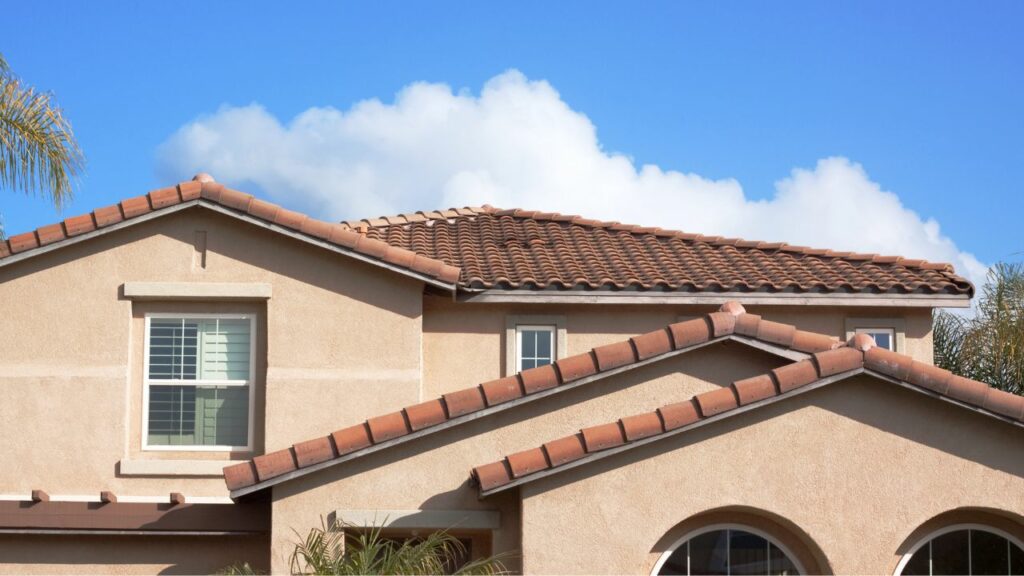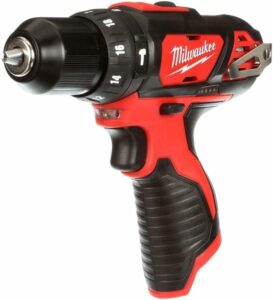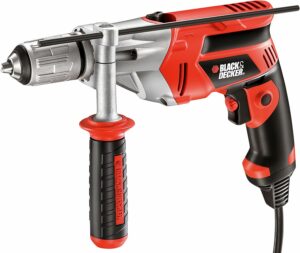Last Updated on October 16, 2023 by Pro Handyman Australia – Editorial Team
Drilling into stucco can be a straightforward process when you know its composition and have the right tools. Stucco is a tough material made of binders like lime, cement, and sand. If you’re looking to drill into stucco, ensure you select the appropriate drill bit and approach the task with patience to prevent damage.
Understanding Stucco

Stucco is a durable construction material created from a mixture of binders, namely lime, cement, and sand combined with water. As it dries, it transforms into a solid material widely used for decorative wall coatings, sculptures, and various architectural designs. Stucco’s primary advantage is its longevity; with little maintenance, it can retain its look for years.
Differentiating Stucco from Plaster
It’s essential to understand the difference between stucco and plaster before drilling. While both are used for coatings, stucco possesses a rough texture, whereas plaster offers a smoother finish. Plaster’s main uses involve creating decorative patterns, adding texture to walls, and providing walls with unique finishing effects.

Drilling Through Stucco
Can You Drill Through Stucco?
Certainly! Drilling through stucco requires the right tools, particularly a suitable drill bit. Ideal choices include carbide-tipped bits and masonry bits. When paired with a hammer drill, these bits can penetrate stucco with ease. Hammer drills are notable for their rapid rotary actions, making them particularly effective for brittle materials like cement and concrete.
Tool Selection for Drilling into Stucco
Choosing the Right Drill
For drilling tasks requiring smaller bits—up to approximately 3/8″ in diameter—a standard drill might suffice, especially for just one or two holes. However, while using a hammer drill can simplify and expedite the process, it’s not absolutely essential for smaller bits.
For larger holes exceeding 3/8″ in diameter, a hammer drill or rotary hammer is strongly advised due to the increased demands such holes present. Regular drills, lacking the essential “hammer action,” may not be adequate for harder stucco surfaces in these scenarios.
Selecting the Right Drill Bits
Choosing the appropriate drill bit is pivotal when drilling through stucco. Masonry bits, characterized by their larger twist design, are tailor-made for penetrating materials such as concrete, bricks, and stones. For optimal results in stucco, bits with carbide tips or those coated with diamond are highly recommended. Pairing these bits with a hammer drill not only expedites the process but also facilitates the creation of larger holes.
There’s an array of drill bits available, but as mentioned earlier, those coated in carbide or diamond are preferable.
- Smaller Bits: These are typically 3/8″ in diameter or less and are readily available and straightforward to use.
- Larger Bits: When working with bits that are 1/2″ or bigger, it’s crucial to remember that some might necessitate an SDS connection, designed for rotary hammers rather than drill drivers. However, adapters are available to make SDS type bits compatible with regular drill drivers.
- Hole Saw Bits: An array of hole saw bits are available, many of which come with diamond or carbide tips. For optimal results, especially when drilling multiple holes with the same bit, pair a hammer drill with a bit and use water to keep the bit cool during the process.
Essential Tools for Stucco Drilling
Before embarking on your drilling journey, gather the necessary tools:
- A measuring tape for accurate positioning.
- A pencil to mark the drilling point.
- The appropriate drill bits for the task.
User Experience in Drilling Stucco
It’s always beneficial to see how products fare in the real world, beyond the controlled confines of a company’s testing facility. Many of our readers have shared their hands-on experiences with various drill models for stucco drilling, and their insights have been enlightening.

Jerry, a DIY enthusiast from Canberra, mentioned his experience with the Milwaukee 2408-20 M12. “I was initially skeptical about the Milwaukee 2408-20 M12 given its lower price point compared to other popular brands. But after drilling multiple holes in my stucco exterior, I’m sold! The carbide tip bit that came with the model performed exceptionally well.”

Meanwhile, Samantha, a professional contractor, shared her story of using the BLACK+DECKER 750W Percussion. “In my line of work, I’ve used several drills, but the BLACK+DECKER 750W Percussion stands out. It’s lightweight, easy on my wrists, and has a battery that lasts longer than I expected. Plus, it made drilling into stucco feel almost effortless.”
These firsthand accounts emphasize the value of personal experiences when selecting the right tools. Not only do they highlight the effectiveness of the drills but also the unforeseen challenges or benefits users might encounter.
In-depth Drill Comparisons for Stucco Work
When it comes to drilling into stucco, not all hammer drills are created equal. It’s essential to understand the key differentiators to make an informed choice. Below is a brief comparison of two popular models:
| Feature | Milwaukee 2408-20 M12 | BLACK+DECKER 750W Percussion |
|---|---|---|
| Power (Wattage) | 600W | 750W |
| Battery Life (Hours) | 4hrs | 6hrs |
| Price | $120 | $180 |
| Weight (Pounds) | 5.5 lbs | 4.8 lbs |
| Warranty (Years) | 2 | 3 |
From the table, it’s evident that while the BLACK+DECKER 750W Percussion offers more power and longer battery life, the Milwaukee 2408-20 M12 provides good value for its price. Your choice will likely depend on your specific needs, frequency of use, and budget considerations.
Safety Considerations Before and After Drilling
When undertaking a drilling project on stucco, certain precautions must be observed both before and after the task. It’s important to remember that electrical wires are embedded within your walls, making drilling a somewhat unpredictable endeavor. Patience is key—drilling too quickly can lead to mistakes, so it’s advisable to progress slowly and steadily.

Once you’ve created the hole, it’s essential to seal its perimeter. If you’re installing pipes, ducts, or similar fixtures, ensure you apply caulking around the installation to maintain the integrity of the wall.
Navigating the Drilling Process
Drilling into Stucco: A Comprehensive Guide
Drilling into stucco can indeed be challenging, and without the correct technique, there’s a risk of causing cracks or crumbling. But with the right approach and tools, you can minimize these risks and achieve satisfactory results.
Step-by-Step Guide to Drilling into Stucco
- Preparation: Begin by accurately measuring and marking the location for the hole. Ensure that if you’re drilling multiple holes, they maintain consistent distances from the ground or reference point. Also, select a drill bit that corresponds to the size of the desired hole.
- Setting Up the Drill: Attach a masonry drill bit to your electric drill. These bits are specifically crafted to cut through materials like concrete, stucco, and other building materials efficiently. Their conical tip allows for easy penetration, and they come in various sizes suitable for different tasks.
- Drilling Process: With your drilling spot marked and the correct bit attached, position the drill against the marked area. Apply gentle pressure on the drill while pushing it against the wall to initiate the hole. Gradually increase the speed to effectively drill through the stucco, continuing until you achieve the desired depth. After drilling, inspect the hole to ensure it meets your requirements.
- Post-Drilling Care: After drilling, it’s possible that the stucco material might show some signs of damage, especially if there’s wire mesh embedded in the wall. Any disruptions can be addressed with an adhesive. Begin by clearing any debris or loose material from the affected area. Use caulk—a thick adhesive solution—to fill in any cracks or damaged portions. After application, allow it to set for approximately 2 hours to ensure thorough drying and setting.
Video on How to Drill Into Stucco Wall
Dive into this detailed video tutorial as we explore the intricacies of drilling into a stucco wall. From understanding the unique composition of stucco to selecting the right tools and ensuring a safe drilling process, we’ve got you covered. Whether you’re a DIY enthusiast or a professional, this guide will equip you with the knowledge and techniques needed to confidently tackle stucco drilling projects. Watch now and master the art of stucco drilling!
Conclusion
Achieving success in drilling through stucco is reliant on having the right tools at your disposal. The insights shared above serve as valuable guidance for your DIY drilling endeavors. With expert guidance like that from Canberra Handyman Services, you’re now better prepared to undertake stucco drilling projects, elevating both your interior and exterior decorative wall designs.
